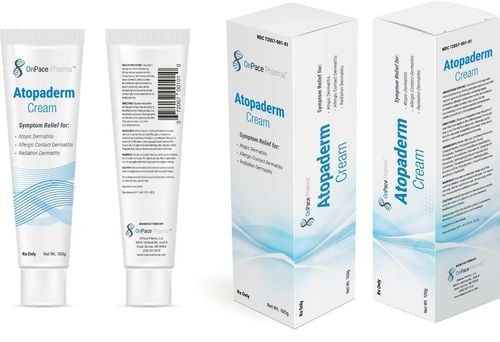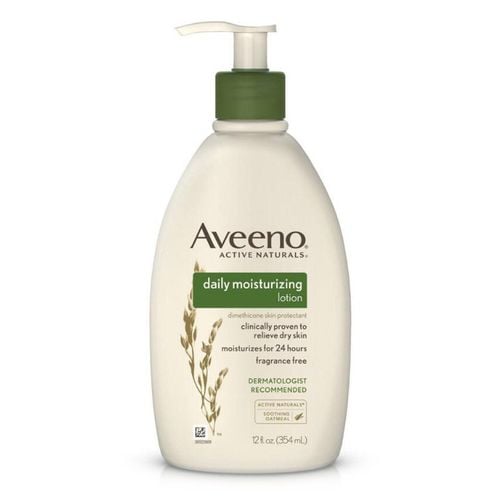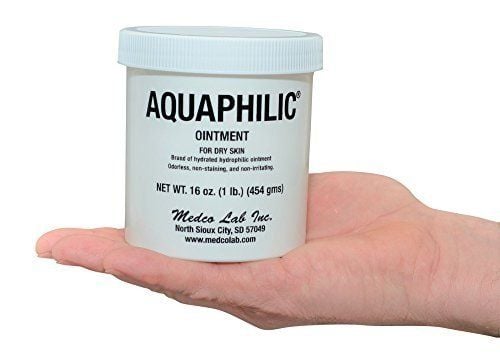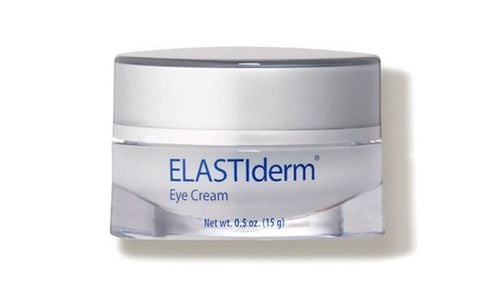This is an automatically translated article.
Sunscreen has a sun protection effect. Accordingly, some people think that the form of use is not really important. However, the fact that a facial spray or sunscreen should be used can affect the ability to achieve results from use, the level of coverage on the skin, and even the actual protection that can be achieved. receive. Let's find out if spray or topical sunscreen is better for the face.1. Types of sunscreen use
Most sunscreens are available as creams or sprays.In that, choosing a topical sunscreen will have the same usage as using any other moisturizer or lotion. In particular, users need to apply the cream at least 20 minutes before going outdoors for the sunscreen to take effect. At this point, the tools needed to perform the application of the cream are simply your own fingers.
On the contrary, spray sunscreen is increasingly popular as an alternative because of its ease of use and convenience compared to topical form, especially parents who need to quickly apply sunscreen to their children before they run away. play. Using spray sunscreen is easy, just spray a little on each exposed body part for a second or two and it'll be over in no time. Spray sunscreens have a plus point than topical sunscreens because they do not leave stains on the hands and avoid greasy films on the skin after application.
2. Spray sunscreen versus topical sunscreen: Which one should I choose for my face?
The role of sunscreen is unquestionable in an essential daily skin care routine. If there's one step that can't be skipped in general skin care, it's sunscreen. Sunscreen protects the skin from harmful UVA and UVB rays. Overexposure to these harmful ultraviolet rays will quickly damage the skin and lead to the formation of wrinkles, freckles, and skin cancer. Since this is such an important step in skin care with so many sunscreen options available in the market, between spray sunscreens versus topical sunscreens, which one to choose for true facial skin? is something to worry about.First, regardless of whether it is a topical or spray sunscreen, users need to make sure that they are using one with SPF 30 and SPF 50+ on sunny days. In addition, although topical sunscreens may take longer to apply each time, this form is believed to provide better coverage, making it more suitable for the area where it is needed. more thoughtful care like facial skin.
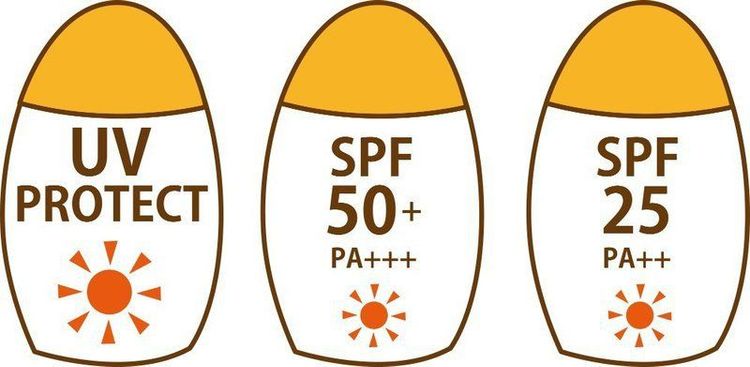
Dù là chọn kem chống nắng dạng xịt hay bôi thì bạn vẫn cần lưu ý tới chỉ số SPF
3. How to use spray sunscreen effectively
If you have chosen to use a spray sunscreen, dermatologists suggest some guidelines for safe and effective use for the skin as follows:Avoid use on children: Because children are at increased risk of accidentally inhaling spray sunscreen or moving to intentionally spray it on the face. If there is no other option, parents should put an appropriate amount of spray sunscreen on hands first and then apply to the child's skin. Always remember to apply sunscreen 15 to 30 minutes before going out in the sun: Even though spray sunscreens are more convenient than topical ones, users still need to use them before going out a certain amount of time. . This allows the sunscreen time to interact with the skin. At the same time, repeated application of the cream after some time, usually at least every two hours and after swimming or exercising, is also essential for optimal skin protection. Do not spray directly onto face: This increases the possibility of breathing in potentially dangerous ingredients. Instead, spray a little sunscreen on your hands and then rub it directly on your skin with your fingers. Spray cream on large areas of skin: A limitation of spray sunscreen is that it is difficult for users to know the area and amount of cream to be used on their skin. Dermatologist's advice is to spray for at least 10 seconds for optimal coverage on one hand, one leg, or the back or front of the torso. Re-apply the cream on the skin after spraying: This helps to ensure that the skin has an even coverage and does not miss any spots.

Bạn không nên cho trẻ sử dụng kem chống nắng dạng xịt
Please dial HOTLINE for more information or register for an appointment HERE. Download MyVinmec app to make appointments faster and to manage your bookings easily.
References: ewg.org, businessinsider.com



